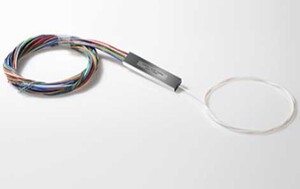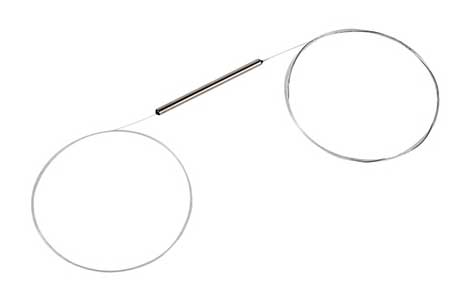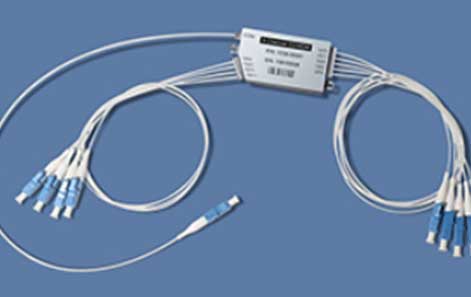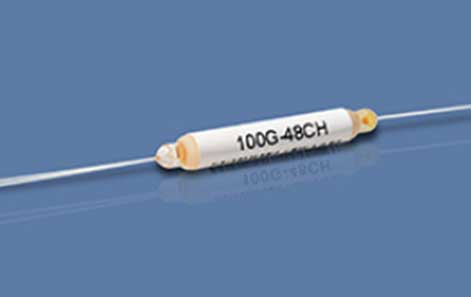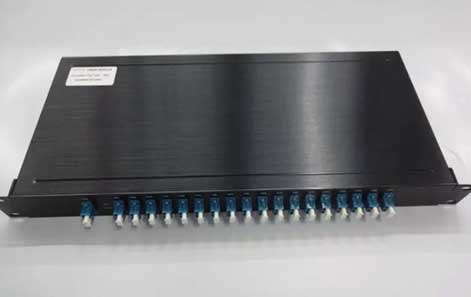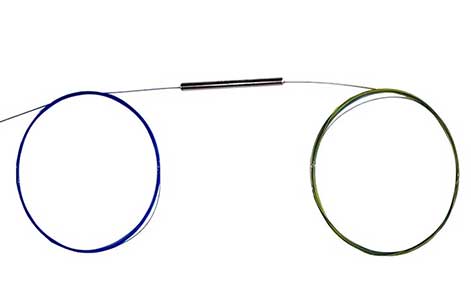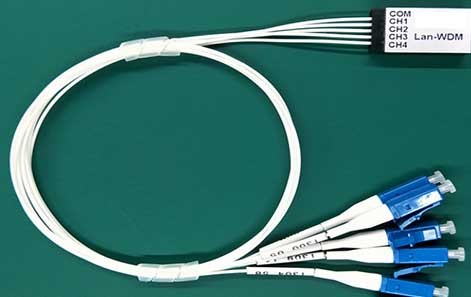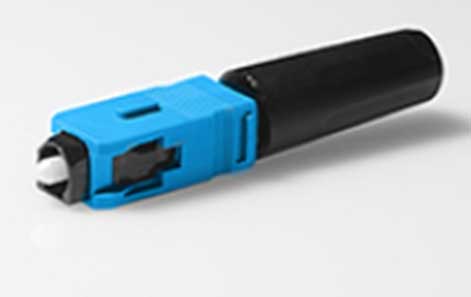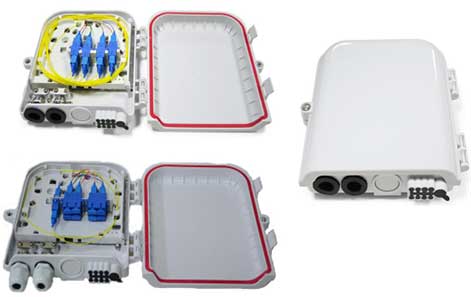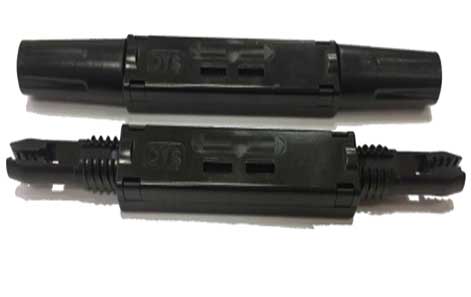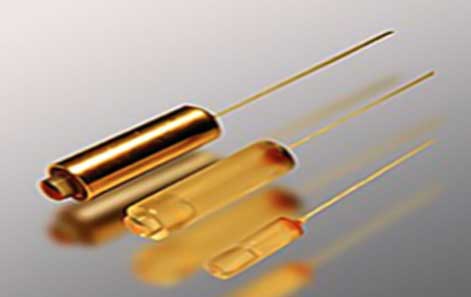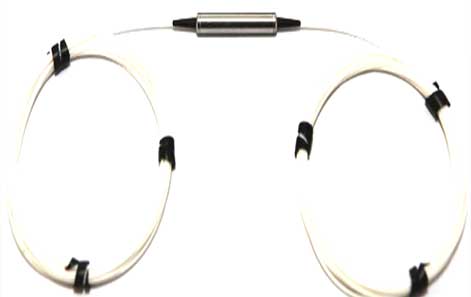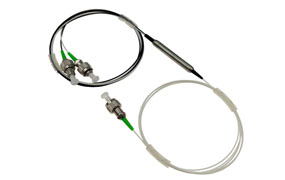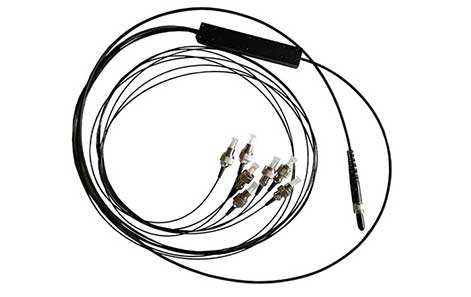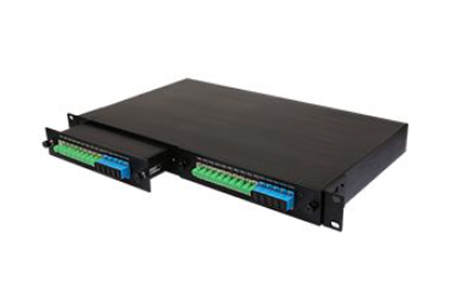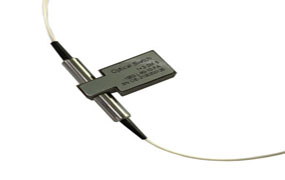Fiber to the home (FTTH), also refers to fiber to the premises (FTTP), is the transmission of communication signal through optical fiber from a central point directly to the home or businesses to provide high-speed, uninterrupted Internet service. It provides faster and more reliable connections compared to traditional copper or cable networks because it uses light signals to transmit data.
There are two common types of FTTH architecture, AON and PON. An active optical network (AON) uses an electrical switching device to transmit signals actively, but a passive optical network (PON) uses optical components to transmit signals instead of electrical devices. Both architectures are commonly applied in FTTH networks. But PON is preferred in FTTH due to its high performance with lower cost.
FTTH has been growing fast since 1980s, it is considered to be the “future proof” network across the world, because it brings us many benefits contrast to traditional copper networks.
lFTTH allows consumers and businesses to enjoy better performance of the internet because of its greater bandwidth and faster speed.
lFTTH network can be updated without replacing the existing fibers.
lEasy to install and maintain.
In FTTX, the 'X' represents the place where network finally terminates at, such as a curb, a home, an office or a cabinet. So FTTX could be Fibre to the Curb, Fibre to the Home (FTTH), (FTTC), Fibre to the Office (FTTO), Fiber to the Terminal (FTTT). In fiber to the X (FTTX) network, the fibers are closer to end-users, thus to offer a low-latency, high-bandwidth and fast-speed fibre network, which can meet the requirements of 5G development.
In FTTH work, an optical fiber cable transmits signals from a central point, first passes through a fiber distribution hub (FDH), then passes through a network access point (NAP), and finally into a terminal box near home.
OLT (Optical Line Terminal): Device at the provider's office that sends data through the fiber network.
ODN (Optical Distribution Network): Network of fibers and splitters that distributes the signal to homes.
ONT/ONU (Optical Network Terminal/Unit): Device at the home that converts fiber signals into internet and other services.
Drop Cables: Connect the home to the main fiber line.
Termination Boxes: Protect and manage fiber connections at various points.
Patch Cords & Pigtails: Short cables for connecting different network components.

 EN
EN

